A shadow detector for photosynthesis efficiency ($)
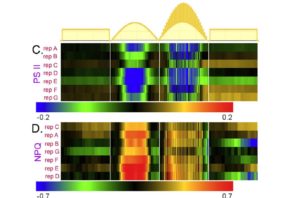 Efficient photosynthesis demands that plants have the capacity to capture photons when they are scarce, but at the same time not suffer damage from capturing more light energy than they are able to assimilate. To accomplish this, leaves need to be able to differentiate between a steady light level and light fluctuations, for example due to the fluttering movements of other leaves. AtRGS1, a receptor-like Regulator of G Signaling protein that is a component of a heterotrimeric G protein complex, is involved in glucose sensing. Liao et al. propose that AtRGS1 contributes to photosynthetic efficiency by serving as a “shadow sensor”. Their experimental results and results of their modeling suggest that glucose, a product of photosynthesis, acts through the G-protein complex (leading to an endocytosis cycle and a GTPase cycle) with a dose-duration reciprocity property, providing plants with the ability to filter out small fluctuations in light intensity or duration and so to adjust their photosynthetic capacity only under appropriate conditions. J. Theor. Biol. 10.1016/j.jtbi.2016.11.027
Efficient photosynthesis demands that plants have the capacity to capture photons when they are scarce, but at the same time not suffer damage from capturing more light energy than they are able to assimilate. To accomplish this, leaves need to be able to differentiate between a steady light level and light fluctuations, for example due to the fluttering movements of other leaves. AtRGS1, a receptor-like Regulator of G Signaling protein that is a component of a heterotrimeric G protein complex, is involved in glucose sensing. Liao et al. propose that AtRGS1 contributes to photosynthetic efficiency by serving as a “shadow sensor”. Their experimental results and results of their modeling suggest that glucose, a product of photosynthesis, acts through the G-protein complex (leading to an endocytosis cycle and a GTPase cycle) with a dose-duration reciprocity property, providing plants with the ability to filter out small fluctuations in light intensity or duration and so to adjust their photosynthetic capacity only under appropriate conditions. J. Theor. Biol. 10.1016/j.jtbi.2016.11.027


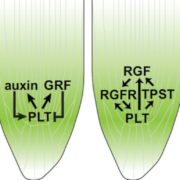
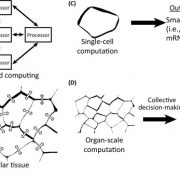
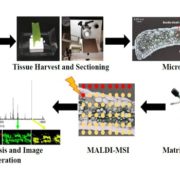
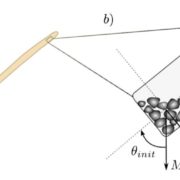
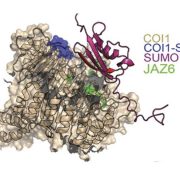
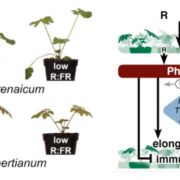
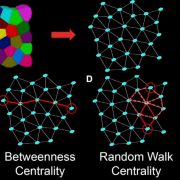
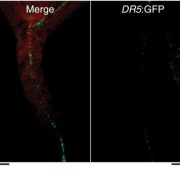


Leave a Reply
Want to join the discussion?Feel free to contribute!